

Table of contents
- site conditions
- soil and maintenance
- Pruning error
- Lilac disease as a cause of flowering laziness
- It depends on the variety!
Decorative, easy to care for and exuding an enchanting fragrance: the lilac is one of the most popular ornamental plants in the domestic park. The shrub with its lush flowers is a real eye-catcher - so that a sudden flowering laziness is immediately noticeable. However, in order to be able to help the plant in a targeted manner and stimulate flowering, it is important to know the cause of this behavior.
site conditions
If the lilac does not bloom or does not bloom properly, unfavorable site conditions can be the cause. Since it is a plant that needs a lot of sun and light, come as an ideal location for the plant exclusively sun-drenched areas within the domestic green area Ask. Even a semi-shady location can lead to a limited willingness to bloom. The density of the crown will also be sparser overall, and the plant will appear less lush overall.
So if the lilacs also appear small and inconspicuous when flowering is low, but is otherwise healthy, the location should first be checked. If necessary, the plant must be transplanted to a sunny place; the conversion should also take place if predominantly dry heat is to be expected at the new location, with which the plant can cope well. It is also important that the lilac is protected from the wind as much as possible.
soil and maintenance
In some cases, in addition to an unsuitable location, insufficient soil can also be the cause of lilacs not flowering; the crop requires a substrate that has the following properties:
- a lot of lime (especially in spring)
- if necessary, a slightly acidic soil is also possible
- rich in nutrients
- permeable
- not too wet
Tip:
Lilac forms deep, far-reaching roots; it is therefore important that the soil is always kept loose.
The soil also tolerates limited periods of drought; Waterlogging, on the other hand, is always unfavorable and can quickly lead to root rot. In this case, no flowers are formed or existing flower buds are discarded. Unfortunately, once root rot has occurred, the affected plant can usually no longer be saved and must be disposed of.
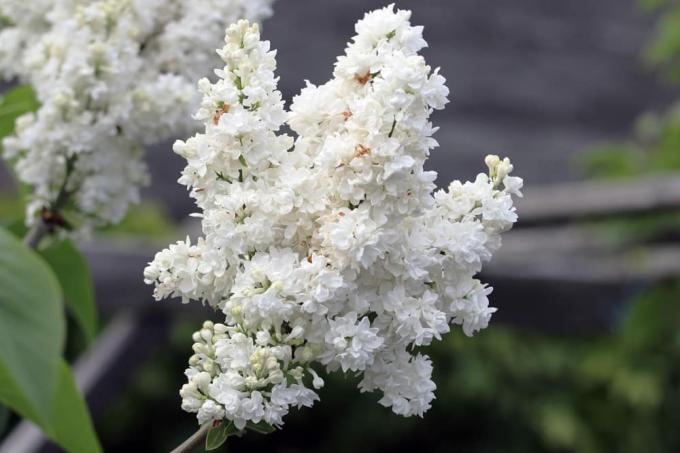
If, on the other hand, the soil does not have sufficient nutrients, the flowering will certainly be present, but will not be lush overall. Then it helps to help with special fertilizer. Variants with a high phosphorus content, which are preferably issued in the spring, are recommended. A smaller dose is then given directly after flowering.
Caution:
It is essential to ensure the correct concentration (package instructions)! If the lilac is over-fertilized, the plant will grow quickly overall, but will not produce any flowers. A lack of flowering despite fertilization can also be due to an oversupply of phosphorus. Alternatively, the administration of an organic complete fertilizer or the supply of compost is possible.
Pruning error
If the site conditions are ideal and the lilac is optimally cared for, an incorrectly executed pruning can also be responsible for the plant's laziness in flowering. This is one of the most common reasons for a failure to flower. The following cutting errors are possible:
- overall too strong cutback
- injury to the astringes
- pruning young shrubs when in bloom
Lilac bushes should only be pruned very carefully and cautiously. The growth is only to be thinned out.
Tip:
If an outside observer cannot see that the lilac has been pruned, the amount of pruning is optimal.
When cutting, the hobby gardener only removes faded inflorescences, which are removed at the base immediately after flowering. In addition, it is necessary to cut branches that impair the growth of the bush; this includes dry and dead shoots as well as those that cross or are too close together. To find branches that grow inwards and thus disrupt the overall growth of the shrub, look at the growth from a meter away.
The shoots identified in this way must then also be cut off. When cutting, it is essential to ensure that the branch ring is not damaged. In addition, the branches must always be cut off just above the buds. Overall, a radical pruning is to be avoided; an exception is the old lilac bush, which can be rejuvenated by such a measure. The radical pruning is preferably done in summer so that the wounds can close more easily afterwards. However, it should be noted that in the following year there will be no flowering.
Lilac disease as a cause of flowering laziness
Last but not least, diseases can also be responsible for the fact that the lilac does not bloom. This includes above all the lilac disease, which can be recognized by the following symptoms:
- striped dark discoloration and indentation on the bark of young shoots
- Shoots bend over at the infested sites and wither
- irregular dark confluent spots on leaves
- dark discoloration of petioles and leaf veins
- Inflorescences turn brown and wither
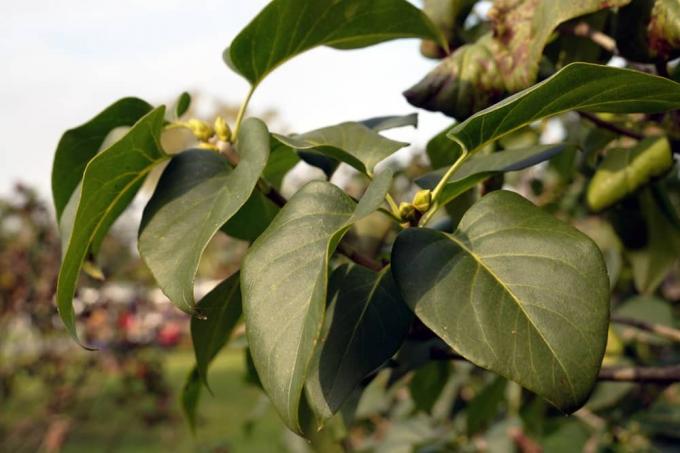
Even inexperienced hobby gardeners can immediately see from the characteristic damage pattern whether the lilac disease is the cause of the restricted flowering. The occurrence of the disease is favored by late frosts, persistent wetness and incorrect fertilization; Excessive nitrogen administration in particular increases the risk of this disease. Particular care should be taken with younger plants, which tend to get sick faster than mature specimens. If the lilac is already infested, affected parts of the plant must be cut back deep into the tissue; the clippings are to be burned.
It depends on the variety!
If you want lilacs that are happy to bloom, you should already take this into account when buying. In fact, it is not self-evident that every variety flowers in the first year. Some lilacs only flower after three years. Then it's time to exercise patience - or to fall back on the noble lilac, which already blooms as a very young bush.
But even within a variety, there are significant differences between the individual shrubs in terms of flowering. Ultimately, each plant is seen as an individual; but those who adhere to the above-mentioned site conditions, take optimal care of their lilacs and cuts and protects against diseases, the maximum flowering joy can certainly be obtained from the plant get out!
 Home editorial office
Home editorial office
Learn more about ornamental trees

Shell cypress, Chamaecyparis obtusa: 10 care tips
The clam cypress, which originated in Japan, is one of the most popular evergreen garden plants in this country. The 10 most important tips for caring for conifers have been compiled for you here.
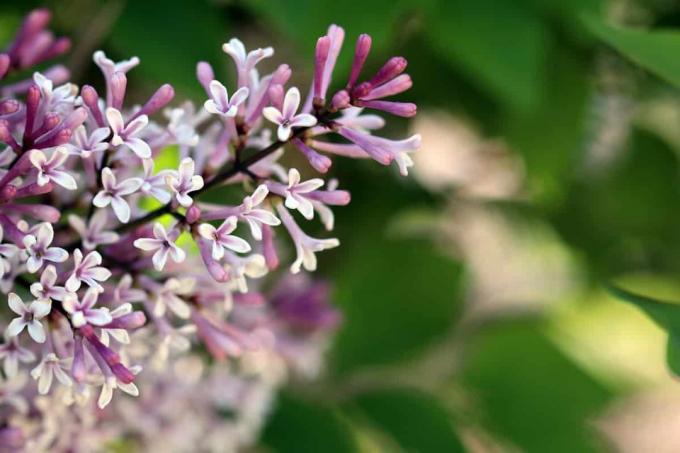
Dwarf lilac: 9 tips for care and pruning
The dwarf lilac impresses with its magnificent and fragrant flowers, which at the same time form an ideal retreat for native insects. The nine most important tips for caring for and especially cutting mini lilacs are summarized here for you.
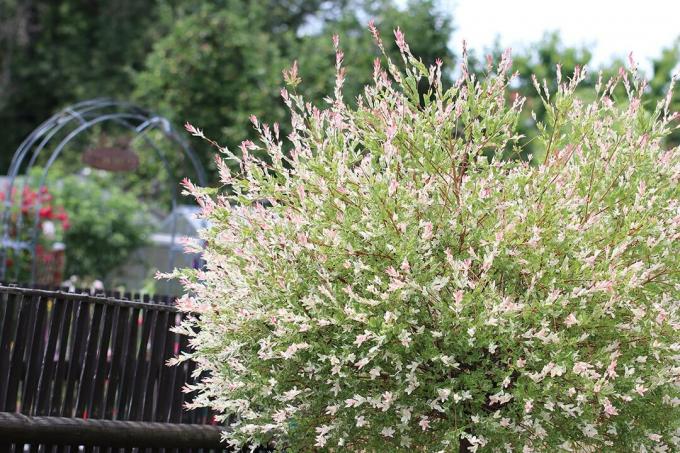
Flamingo Tree: Care and Pruning | flamingo pasture
The flamingo willow (Salix integra 'Hakuro Nishiki'), better known as the harlequin willow, is less noticeable with its inconspicuous flowers than with its colorful leaves. Its crown with the white-pink-green shoots draws everyone's attention, whether as a shrub or as a standard tree.

23 evergreen, hardy & fast growing shrubs
Evergreen and hardy shrubs are ideal for adding color to garden beds, patios and balconies in winter. Fast-growing specimens are particularly in demand. The 23 most popular shrubs can be found in the home garden guide.
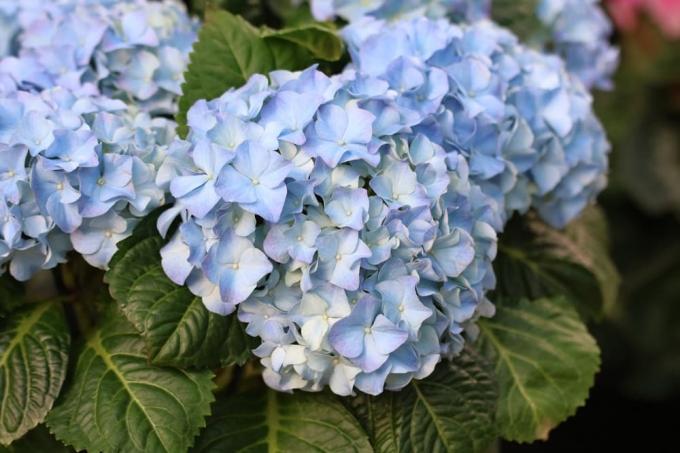
The basics of hydrangea care
Hydrangeas provide a real bloom in the garden or on the balcony, as long as they are cared for professionally. Read here how best to do this.

Rhododendron location: 6 important criteria
Rhododendrons are known for their sea of flowers, which, depending on the variety, unfolds its full splendor between March and June. However, the plants only develop the numerous flowers if the location meets their requirements. Rhododendrons are extremely picky when it comes to location.



